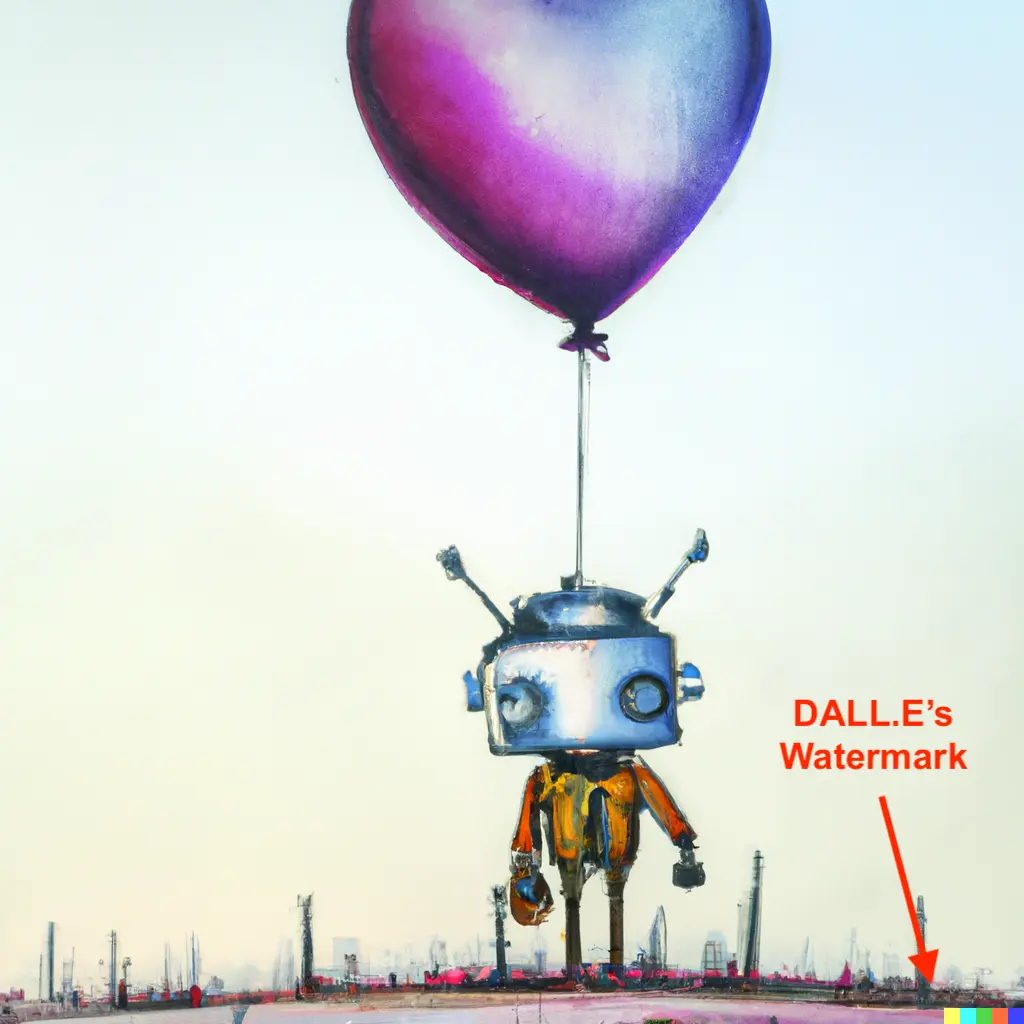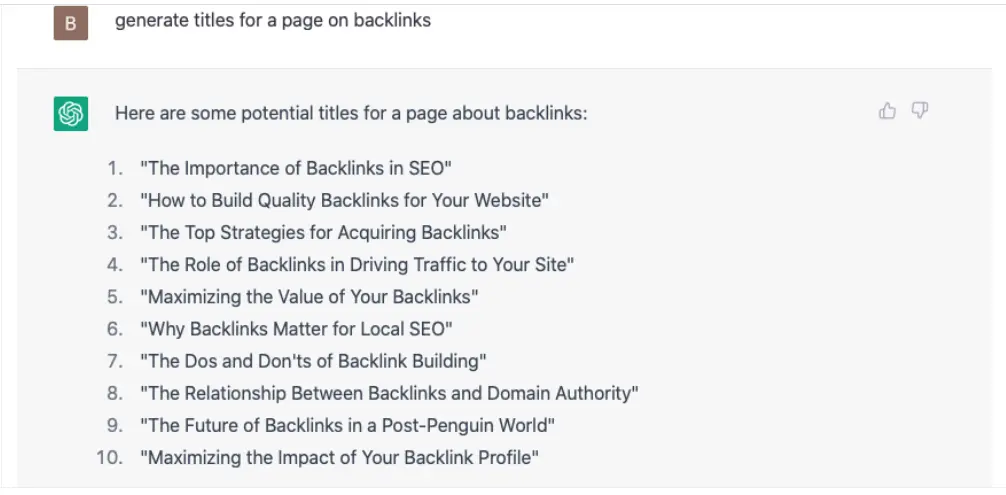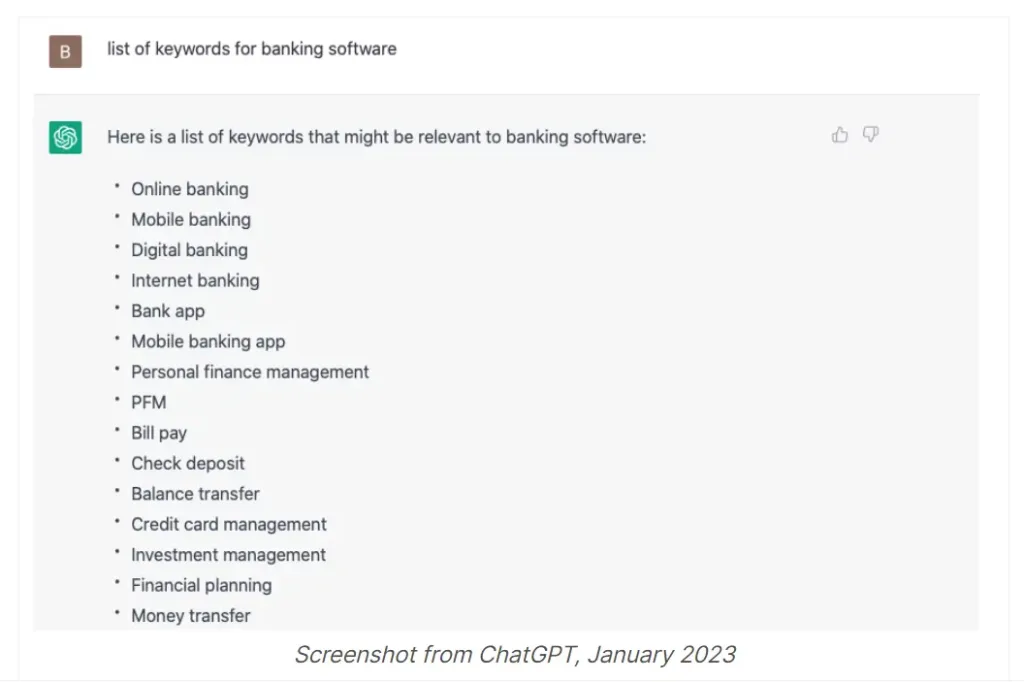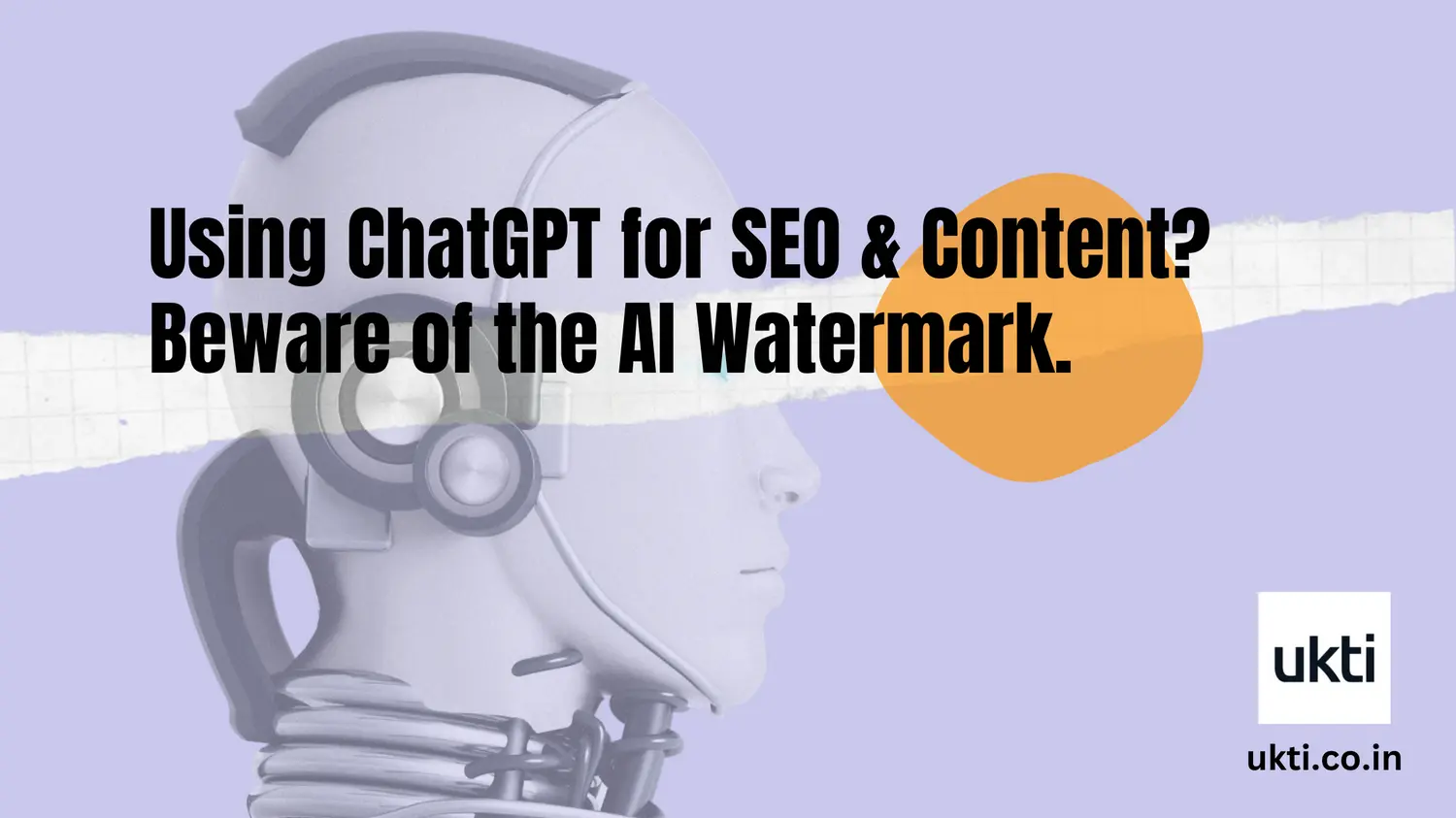When ChatGPT launched in November 2022, everyone had only one question in mind:
Can you create all content formats with ChatGPT? Use ChatGPT for SEO and content?
A couple of months after the big launch, we finally know the answer. Yes, it can. From doing keyword research to generating blog outlines, the tool seems quite capable and scalable. But does that mean you should be using content bots like ChatGPT exclusively for SEO and content?
To answer that question, you need to first learn about:
- ChatGPT watermark
- AI content detection
What is ChatGPT Watermark?
If you’re familiar with OpenAI’s text-to-image system called DALL.E 2, you might have seen a watermark on the right corner of its images.
Example below!

However, the watermark is easily removed with simple edits. This is because the watermarking is done at the pixel level only. But with ChatGPT, OpenAI is thinking of statistically watermarking the output it generates.
All the ChatGPT outputs will be watermarked by tweaking the number of times specific words appear in a text. It will be a secret signal embedded in the long text generated by ChatGPT.
While this may go unnoticed by humans, AI detection tools will be able to find patterns and identify ChatGPT content accurately.
But why is there a need for AI watermarks in the first place?
Here are a couple of reasons why OpenAI is considering adding watermarks to ChatGPT-generated content.
- Since the ChatGPT took the Internet by storm, many online publishers have raised the alarm about AI-enabled content clogging search engines and winning over human content.
- Prevent academic plagiarism and cheating at school assignments since plagiarism detectors cannot identify AI-generated content.
- Prevent the use of ChatGPT for generating mass phishing emails and malware for mass propaganda.
In essence, the watermarking system will serve as a means to curb the misuse of ChatGPT. And also to meet the lack of sophisticated AI detection technology.
Many AI plagiarism detection tools can detect AI-generated content even without watermarking. However, they aren’t consistent with their results, given GPT3 models use more sophisticated models to churn out human-like content.
With watermarking, AI-detection tools will spot AI content with greater accuracy. This, in turn, will help those looking to single out AI-generated content.
Can Search Engines Detect AI Content?
Well, yes and no.
Search engines like Google can easily detect content generated using AI language models like GPT and GPT-2, which are based on Natural Language Generation (NLG). However, the latest GPT-3 model is far more advanced.
In comparison to the GPT and GPT-2 content, the GPT-3 model also varies sentence length and even lends emotion to the text. This makes detecting the patterns even harder.
Just consider the content generated using tools based on GPT-2 and GPT-3 for the prompt, “Write 200 words on walking in the rain“.
Here’s what they produced.
Output produced by DeepAI Text generation API, a GPT-2 based AI tool
Output produced by ChatGPT, a GPT-3 based AI tool
Notice how ChatGPT varies sentence length, sentence structures, and paragraph length here? In doing so, it generates content that sounds more human-like. And this is why it’s harder to detect using old algorithms.
Google doesn’t have the technology to detect AI content created using GPT-3 models – yet! But more importantly, it isn’t looking to penalize AI-generated content per see.
Google’s New Search Guidelines for AI-generated Content
In Google Search Essentials (formerly Webmaster Guidelines), the search engine giant reiterated the importance of creating helpful content for people. It’s not concerned with whether your content was created using an AI tool or not. It is more concerned about the value you provide to Google users.
According to its updated spam policy, any content created using AI that doesn’t provide sufficient value to the reader is considered spam. This includes:
- Incoherent content that stuffs keywords
- Unreviewed content that lacks depth
- Difficult-to-navigate content
- Paraphrased content
- Summarised content from web results that fails to add additional value.
Steering clear of such content can, in theory, help you earn higher rankings even if you create content using AI tools.
But as a content expert, you know that simply ranking well isn’t enough. Building trust through relevant and authoritative content is equally important. Why? Because people don’t trust AI-generated content just yet.
Now, the content industry is rife with rumours that AI companies may soon begin to watermark content. Should you be using generative AI tools like ChatGPT for SEO and content?
How to Use ChatGPT for SEO and Content
While ChatGPT can answer your prompts in only a couple of minutes, you must take the outputs with a grain of salt. This is why.
“ChatGPT’s training data cut off in 2021. This means that it is completely unaware of current events, trends, or anything that happened after its training.
It will not be able to respond appropriately to questions or topics that require up-to-date knowledge or information. For example, it may not know who is the president of the United States, what is the latest viral meme, or what day it is.”
Source
Nevertheless, ChatGPT isn’t completely useless. Here are some ways you CAN use it for day-to-day content operations.
1. Use AI for Brainstorming Ideas
According to Ryan Law, VP of Animalz, the human brain quickly exhausts creative and novel ideas. Any new ideas you get after that are nothing but iterations of previous ideas.
If you don’t want to run out of content ideas, AI can help you immensely. It can brainstorm 1000 ideas and never get bored. While some ideas may be irrelevant, many others can be tweaked and worked upon, reducing the hours spent brainstorming.
See!

2. Use AI for Keyword Research
Keyword research requires SEO expertise. But AI tools like ChatGPT make it simpler.
You can get a list of keywords tailored to your topic by simply entering a few target keywords and searching for related terms. Soon enough, you get a well-populated keyword list.

In the example above, “banking software” is the target keyword. AI uses this as a starting point to generate a keyword list.
You can even use ChatGPT to determine competitor keywords to add to your blog. All you need to do is ask the tool, “A or B-which keyword ranks better?”
3. Use AI to Create Audience Personas
Writing content for a new and unfamiliar niche? Audience personas can help you understand the common challenges of your target audience, helping you create a more relevant content piece. But if you’ve created audience personas before, you know they take a great deal of research and time.
With AI, you can simply enter a prompt like “create an audience persona for a marketing expert” to understand your target audience’s pain points, motivations, and goals. The best part? It only takes a few seconds to generate this data.
Audience persona generation using ChatGPT
4. Use AI for Ideation
A blank page is a writer’s worst enemy. And AI can help you conquer it. You can use prompts to find a starting point for your blog.
You can ask AI audience-specific questions, generate scenarios, and even predict the aftermath of thought experiments. This will help you overcome the dreaded writer’s block and even help you craft compelling content.
So, Can You Create All Content with ChatGPT?
Yes, but not without effort.
You can use ChatGPT to simplify workflows and content ideation and perform certain SEO tactics, among other things. But you will never be able to trust its output 100%. You will still want to double-check for factual accuracy and the freshness of the information.
Clearly, generative AI tools like ChatGPT aren’t ready to replace content writers like us yet. But with every iteration, the gap between AI-generated and human-generated content is steadily reducing.
If you haven’t tried your hand at ChatGPT yet, now is a good time to test how useful it can be.
About Author


9 thoughts on “Using ChatGPT for SEO & Content? Beware of the AI Watermark”